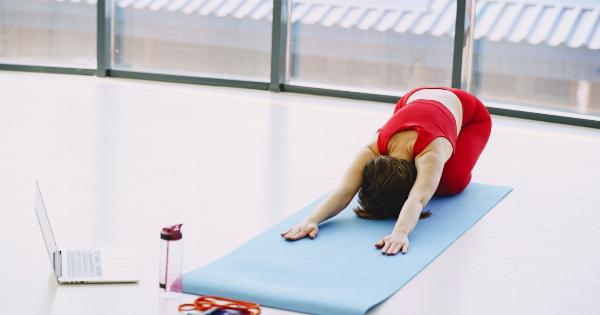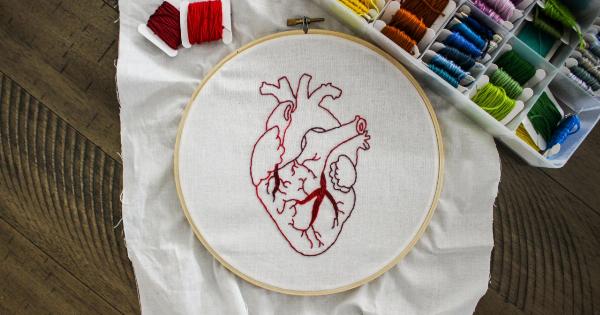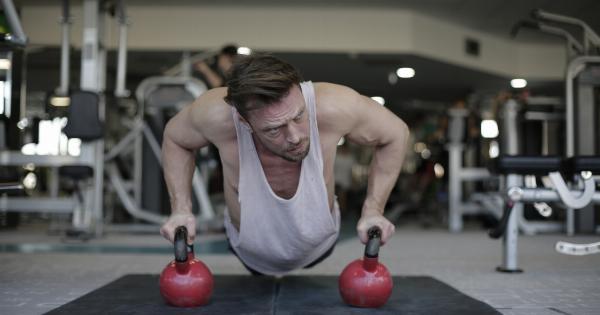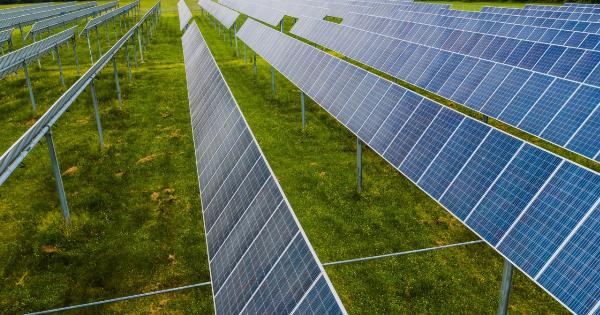Gymnastics is a highly challenging sport that requires a unique combination of strength, flexibility, coordination, and agility. It is an Olympic sport that is enjoyed by many people around the world.
However, not everyone is capable of performing gymnastics with the same level of efficiency. Some people find it particularly difficult and struggle with basic movements. In this article, we will explore the physiological causes of gymnastic inefficacy in certain people.
Skeletal System
The skeletal system plays a crucial role in gymnastics. It provides structure and support to the body and serves as an anchor for the muscles.
Individuals with smaller or weaker bones may experience difficulty performing gymnastics as it puts more stress on their bones than others. Bones with low mineral density, such as those affected by osteoporosis, may easily suffer from fractures when subjected to high-impact forces during gymnastics.
Muscle Mass
Gymnastics requires a significantly higher level of strength and muscle mass. Individuals with less muscle mass or weaker muscles may struggle to maintain positions or execute movements.
In addition, poor muscle endurance can also result in insufficient gymnastics performance.
Flexibility
Flexibility is an essential component of gymnastics that enables performers to achieve a broader range of movements, reduce the risk of injury, and improve body alignment.
Individuals with inflexible joints or tight muscles may experience difficulty performing certain gymnastic moves or maintaining proper form. Poor flexibility can also contribute to muscle strain and other injuries.
Body Composition
Body composition refers to the relative amounts of fat, muscle, and bone in the body. A healthy body composition is crucial for gymnastics as excess body fat can impair the execution of movements and hinder flexibility.
Conversely, individuals with insufficient body fat may lack the necessary strength and endurance needed to execute gymnastic moves effectively.
Neurological System
The neurological system plays a vital role in gymnastic performance. It is responsible for coordinating muscle movement, balance, and spatial awareness.
Even slight disruptions or imbalances in the neurological system can impact the efficiency of gymnastics moves. Individuals with neurological conditions such as cerebral palsy, Parkinson’s disease, or multiple sclerosis may find gymnastics particularly challenging.
Cardiovascular System
Gymnastics requires exceptional cardiovascular endurance to sustain long periods of physical exertion. Individuals with insufficient cardiovascular fitness may struggle to maintain intensity during training or performance, causing decreased efficiency.
Joint Mobility
Gymnastics places significant stress on the joints, requiring extra mobility in particular areas.
Individuals with joint limitations may struggle to move their joints through their required range of motion, which can impede their ability to perform gymnastics moves efficiently.
Injury History
Gymnastics is a high-risk sport, and the frequency and severity of injuries are relatively high. Previous injuries can influence gymnastic inefficacy later in life.
Individuals with old injuries may have reduced flexibility, weaker muscles, or residual pain, which may hinder their gymnastics performance.
Equipment Factor
The choice and condition of equipment also play a critical role in gymnastic efficiency. Choosing appropriate equipment which is appropriate to the individual’s body type and fitness level can go a long way to fostering performance.
The inadequate condition or selection of equipment can negatively affect performance and increase the risk of injury.
Conclusion
Gymnastics is a challenging sport that requires high levels of physical fitness and mobility.
Several physiological factors, such as skeletal system, muscle mass, flexibility, body composition, neurological system, cardiovascular system, joint mobility, injury history, and equipment factor, can impact gymnastic inefficacy in some individuals. Proper training and conditioning may help to address some of these physiological causes and improve efficiency.




























